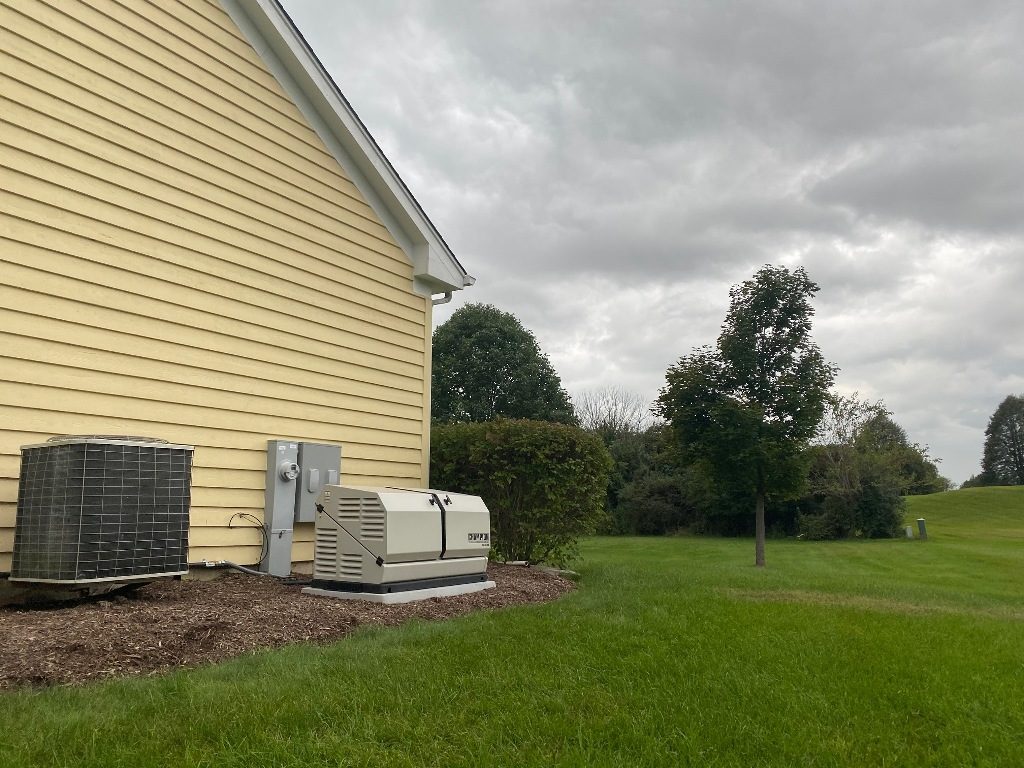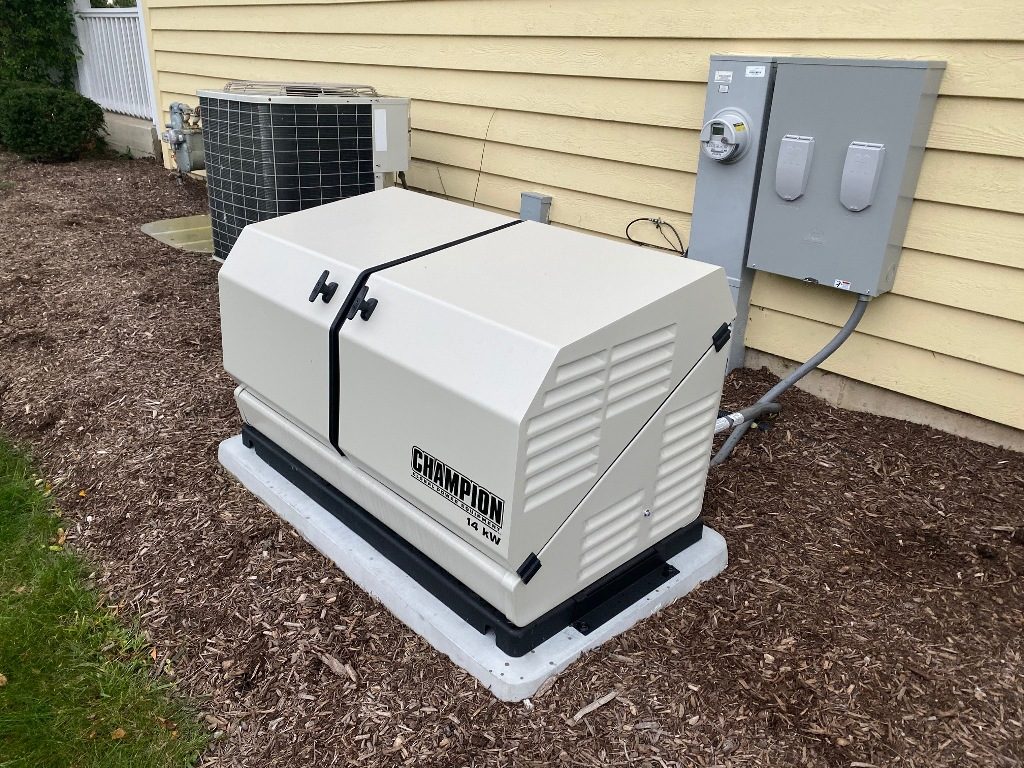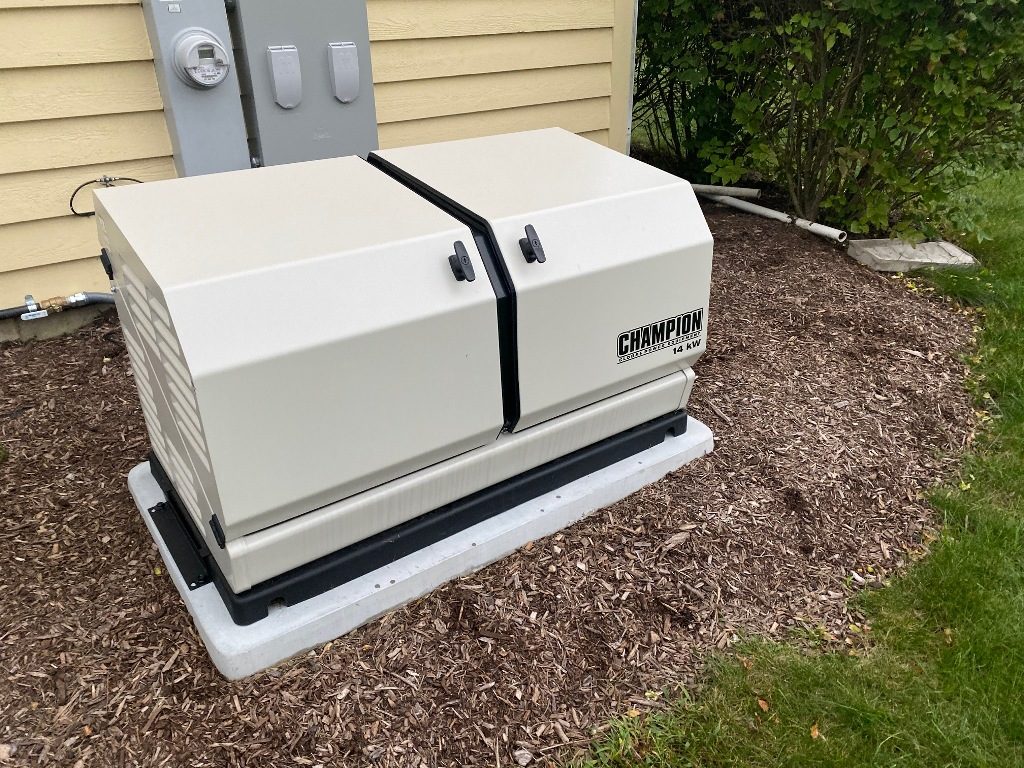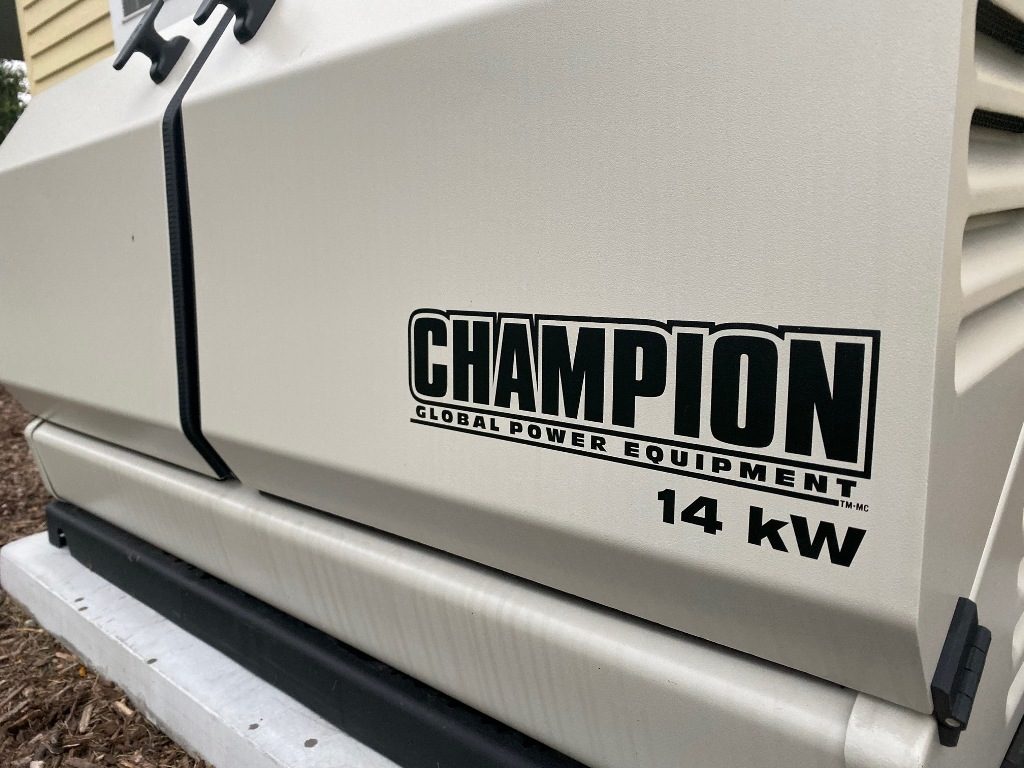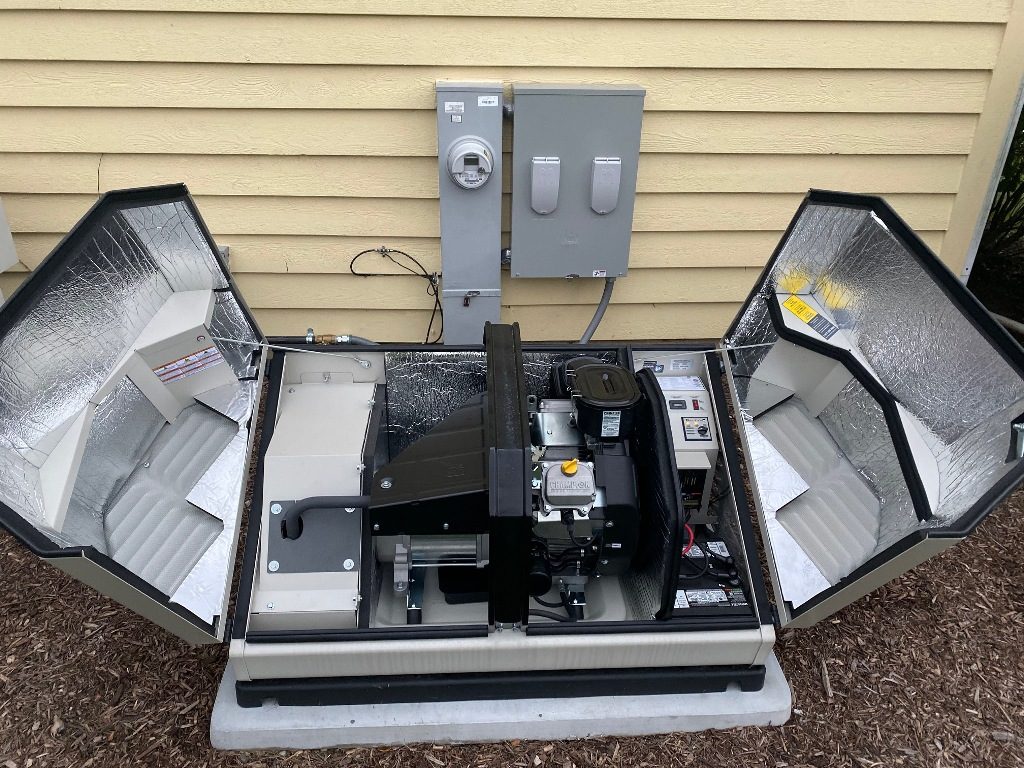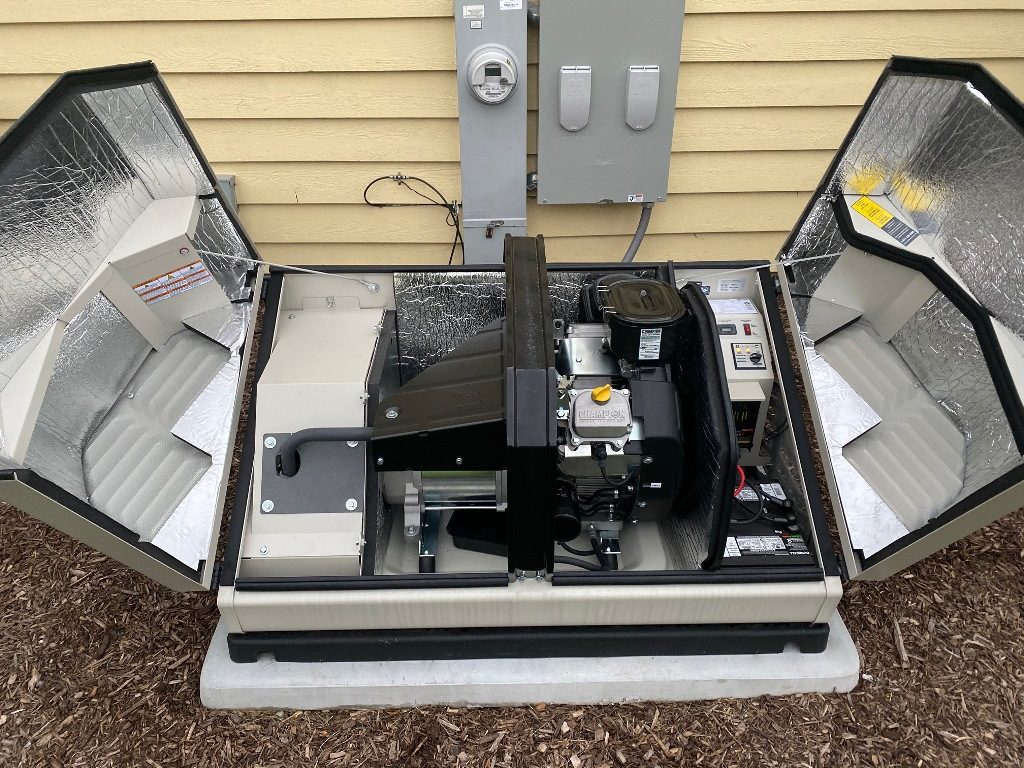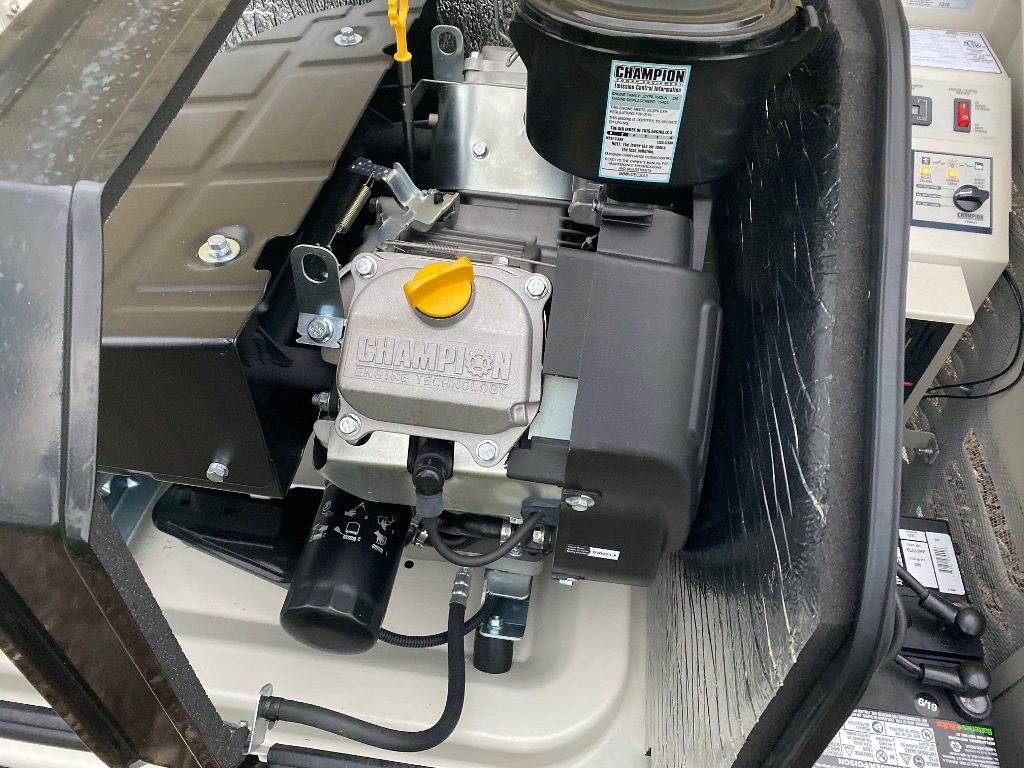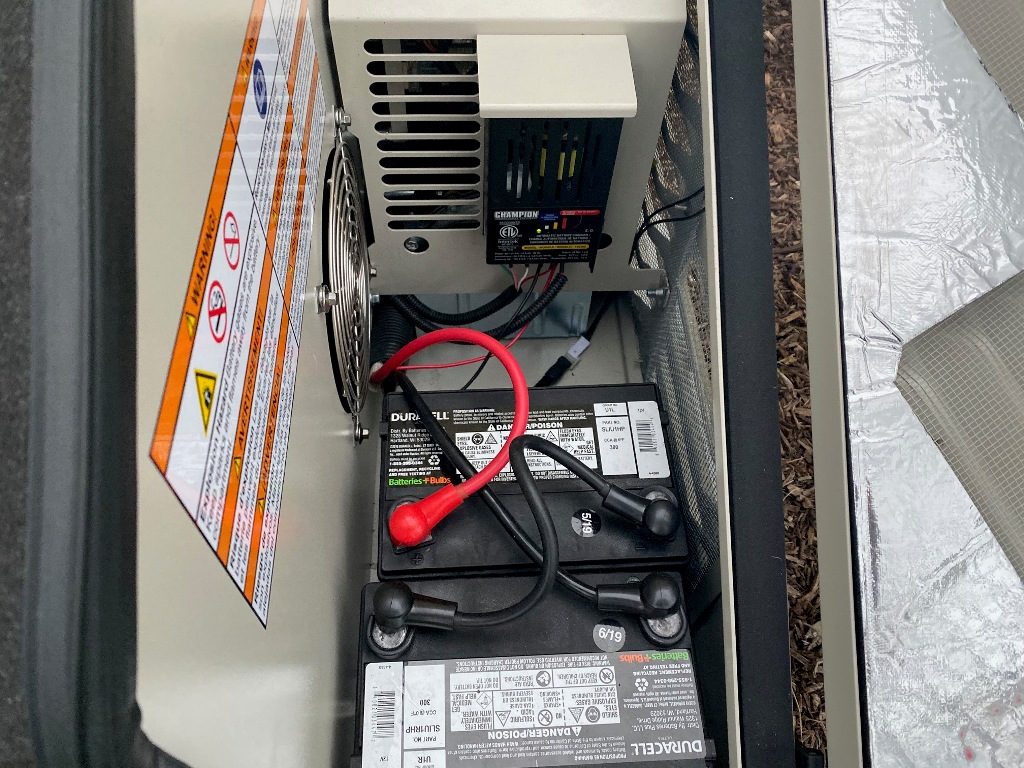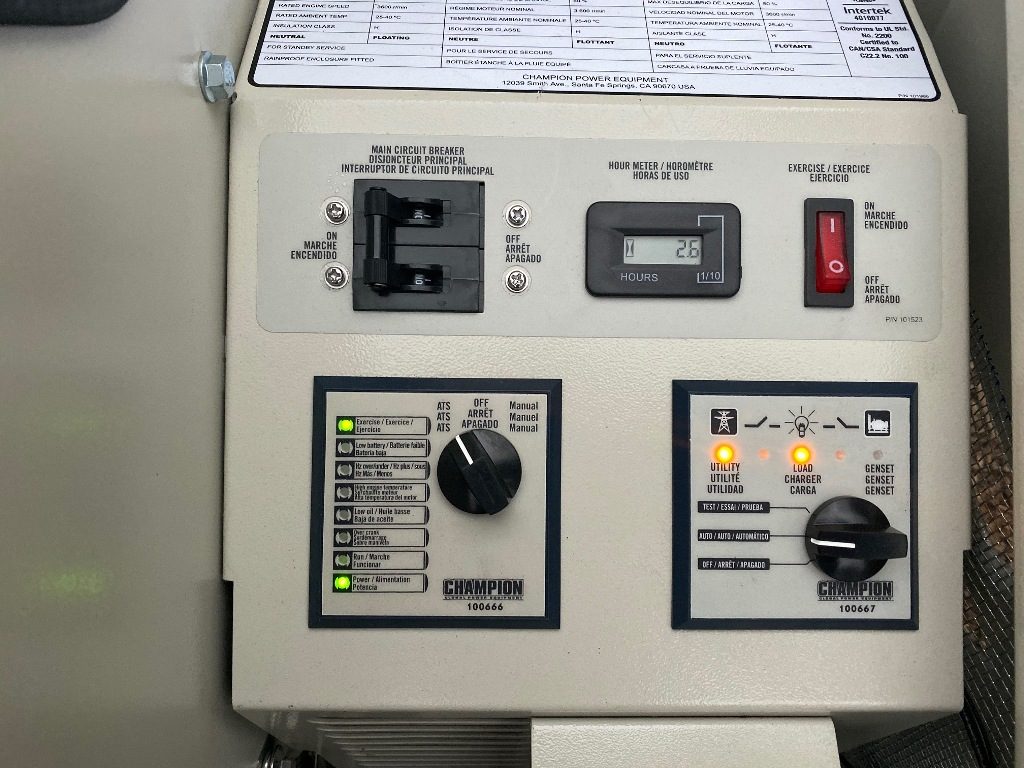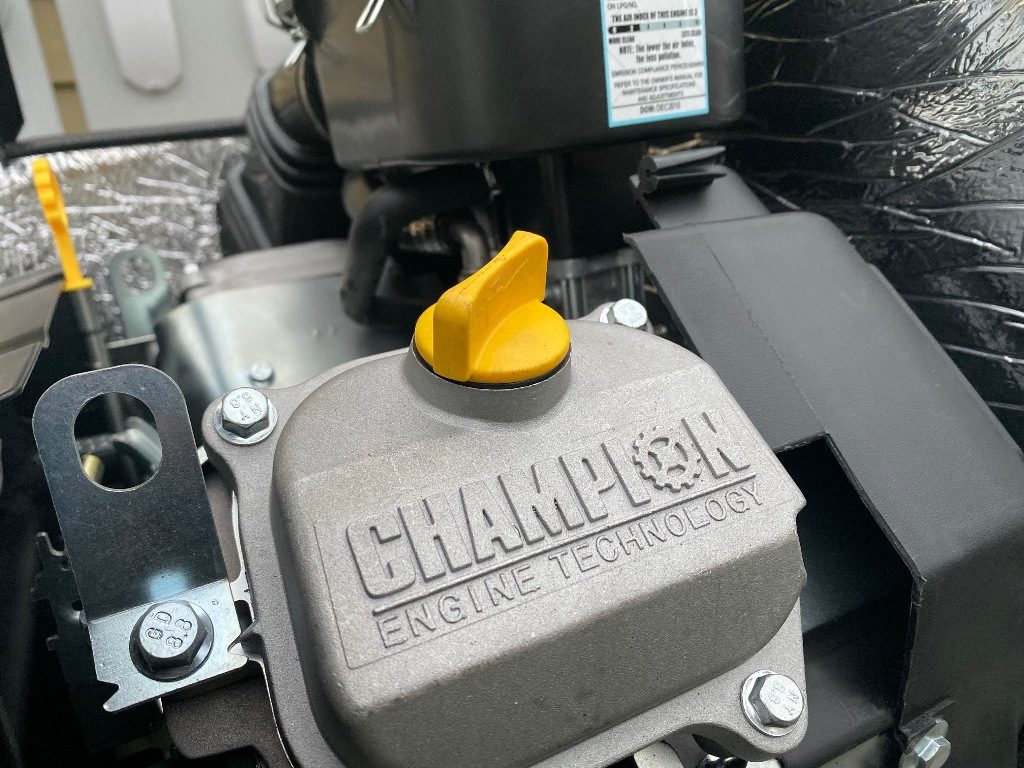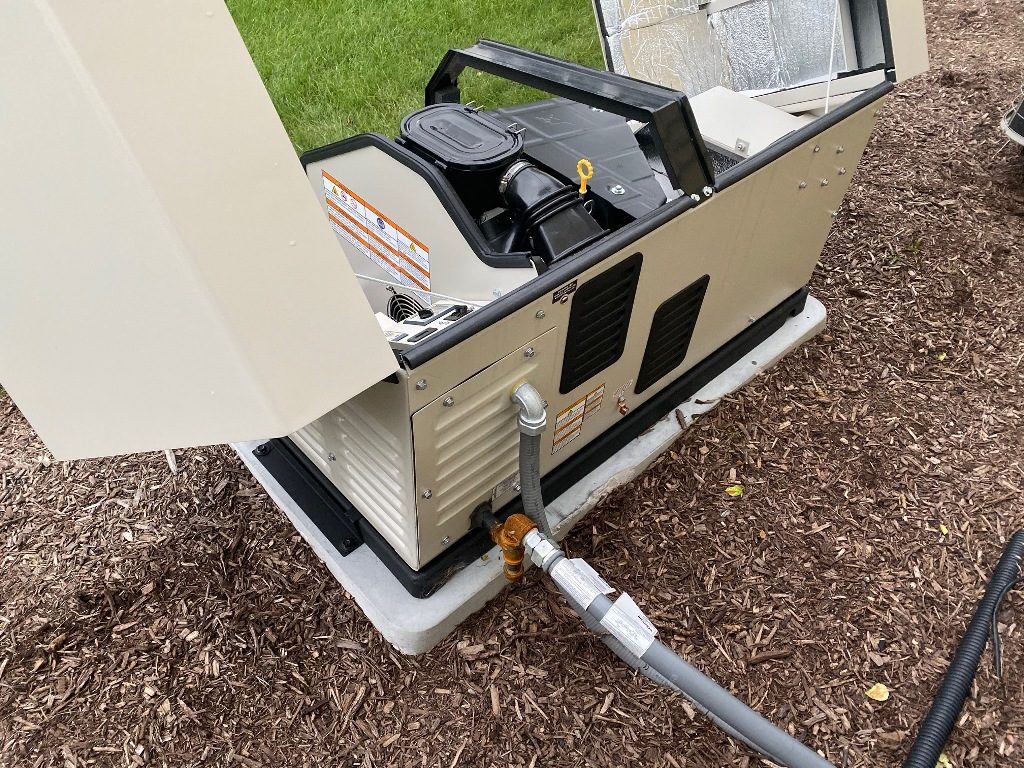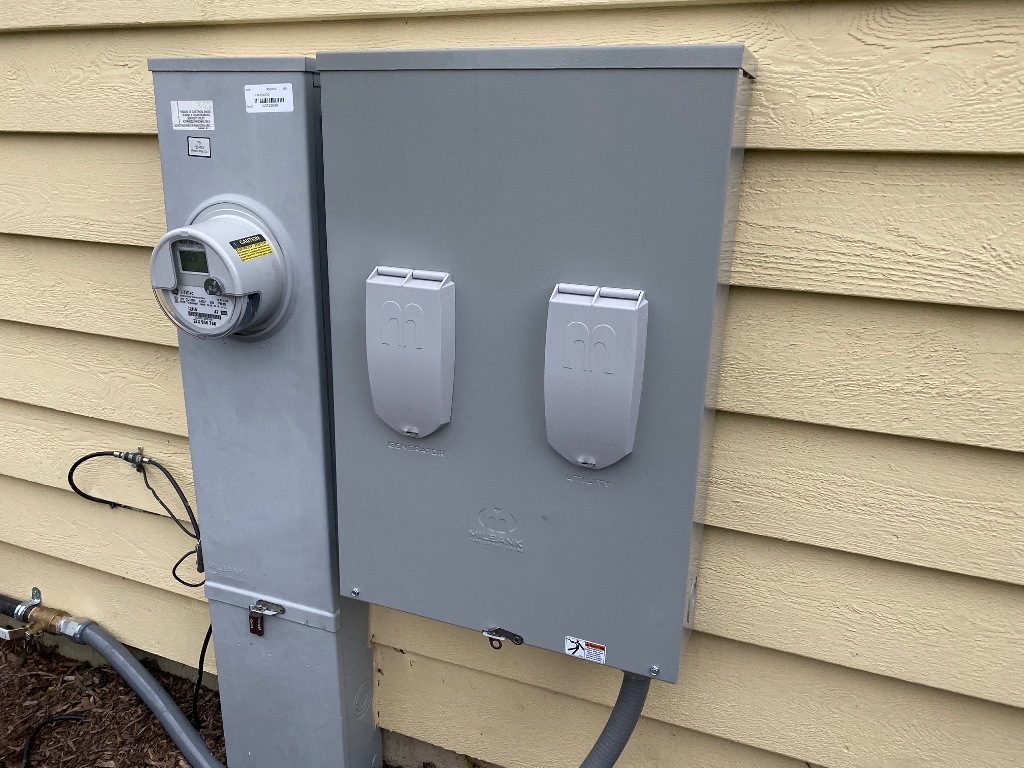*Sponsored Post
Site Survey for Home Standby Generator
Step One When Purchasing a Standby Generator
Automatic home standby generators provide peace of mind since they operate whether you are home or not. A properly sized and installed home standby generator will protect your home and family during a power outage. But where to start? We recommend getting some expert advice before making a commitment to a specific product and the expense of having a unit installed.
A site survey is a great start. It takes the confusion out of purchasing a home standby generator system because knowledge is power.
Authorized Champion Power Equipment dealers can provide a site survey to help you learn exactly what’s involved with the purchase and installation of a home standby generator. A Champion dealer will walk you through the installation process from start to finish, and you will be equipped with all the details you need, including a customized estimate.
During a site survey: What you will learn
The dealer will meet with you at your home to conduct the site survey and ensure there is a complete installation plan so potentially costly mistakes are avoided. The dealer site survey determines the placement, installation and materials needed for your home standby generator system and addresses the following questions.
Where can my generator be installed?
Determining location isn’t always easy due to the various local codes and proper safety precautions that must be considered. An experienced dealer knows exactly how to make recommendations resulting in an efficient and cost-effective installation. Champion home standby generators are rated for installation as close as 18 inches from the outer wall of your home (where code allows), saving wiring and plumbing costs. A home standby generator should never be installed closer than 5 feet to an opening in the home, including windows, doors, and vents, and should also never be installed under decking.
Do I need a concrete pad?
Depending on local code, some installations may require a concrete pad, although home standby generators are usually installed on graded landscape rock or pea gravel to allow for drainage. Pre-formed pads are also available.
How much plumbing will I need?
A Champion generator must be connected to your home’s fuel source (NG or LPG) in order to generate electricity. The installer will determine the best standby generator placement based on several factors, including the location of the gas meter, to minimize the fuel pipe required. An optimal installation uses under 20 feet of pipe.
Do I need a meter upgrade?
This will be determined during the site survey. In order to prevent your generator’s fuel requirements from starving the other appliances in your home, a gas meter upgrade may be required through your gas utility.
Where will the transfer switch be installed?
A home standby generator is connected to the home’s electrical distribution system through an automatic transfer switch. Depending on where the distribution panel is located, your home may need a transfer switch installed either outdoors or indoors.
How much wiring will I need?
The amount of wire you’ll need depends on the location of the electrical meter and main distribution panel. The dealer will determine the best placement to help minimize the electrical wire and conduit required. The optimal wire run is under 20 feet.
Do I need a load module?
Up to 2 air conditioners (load dependent) can be managed without a load control module (LCM). An optional LCM can be sourced to help manage whole house power. This load management technology manages larger electrical demand items that use 240-volt double pole breakers such as electric cooking ranges or electric clothes dryers. Managing these items with an LCM allows you to use a smaller generator by intelligently controlling when each appliance can start, saving money on fuel consumption and the cost of buying a larger generator.
Before a site survey: What to know
When estimating installation costs, it’s helpful to know the size of your home in square feet, the size of your home’s electrical panel, and whether your home’s fuel supply is natural gas (NG) or propane (LPG). Your home’s electrical service size in Amps can be found at the main circuit breaker in the distribution panel of your home.
There are two main types of systems to consider:
- Whole House: For Champion Whole House managed power systems, if your home is under 4000 square feet, typically, it may be managed with a Champion 14kW generator, while homes below 3000 square feet can normally be managed with a 12.5kW generator.
- Emergency Essentials: Champion’s Emergency Essentials select circuit systems require you to preselect items you want to power during an outage. Sizing requirements are not based on the square footage of your home, but on the demand of the circuits that will be used.
The costs for purchasing and installing a home standby generator system will include:
- The generator itself.
- An automatic transfer switch.
- Any power management modules needed for high demand appliances (e.g. electric cooking range, electric clothes dryer).
- Placement and installation of the system by an authorized Champion installer, including materials related to electrical connections and natural gas (NG) or propane (LPG) plumbing, fittings and connections and batteries.
Once purchased and installed, ongoing costs are fuel and maintenance. Your Champion dealer can size your generator to minimize fuel consumption costs and provide scheduled maintenance support. The installer will teach you how the system operates and, once installed, will demonstrate the features of the unit.


